How should I practice the technique of making coffee by hand? How to make coffee by hand?
Professional coffee knowledge exchange more coffee bean information please follow the coffee workshop (Wechat official account cafe_style)
After getting out of the new stage of cuisine, many lovers of hand-made coffee often become numb and confused and do not know how to advance and how to improve. Try different types of beans? Not all of them will like it; try different instruments? If you buy again, your family should suspect you of taking drugs! After thinking about it over and over, we can only practice "tricks"-- however, everyone's "tricks" are also different, how to practice? Practice what? This is the topic we are going to discuss today: how to practice the method of making coffee by hand?
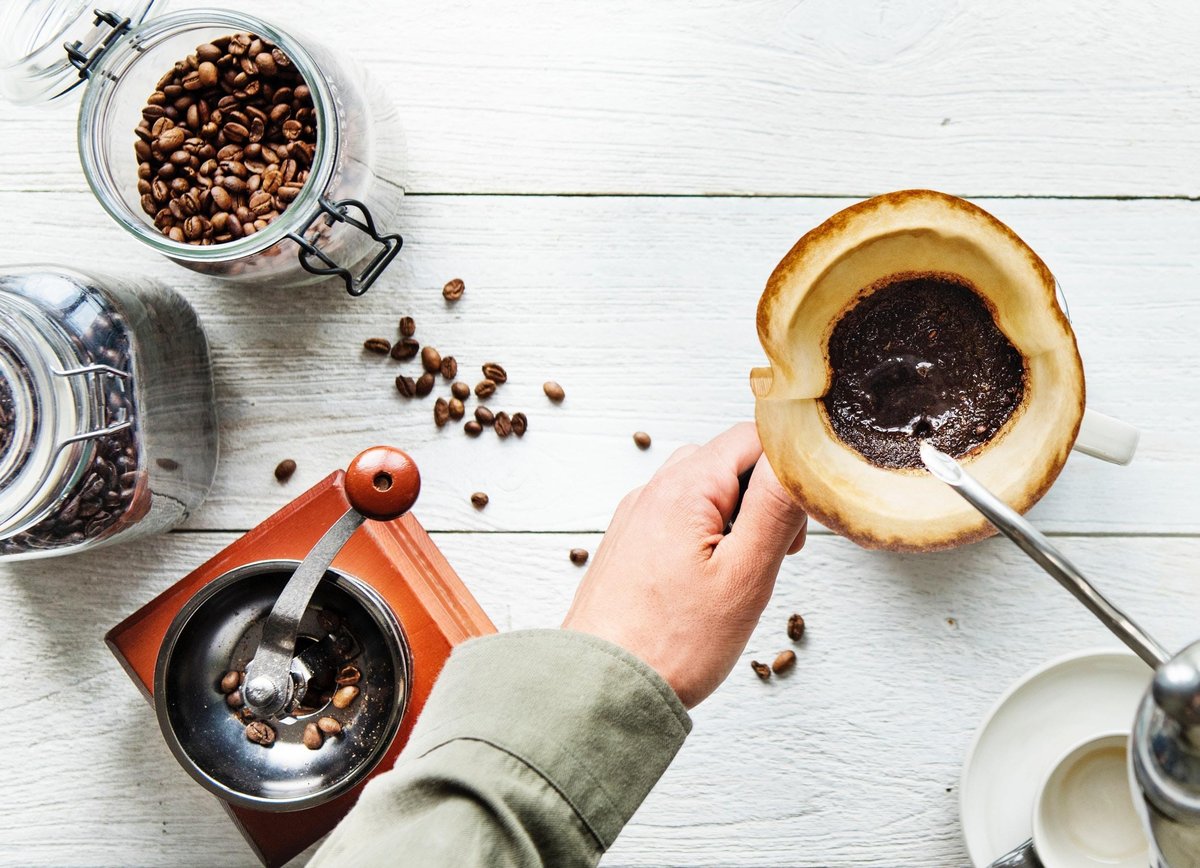
Each school of cooking system has a variety of corresponding cooking methods, the main reason is that they have different settings for cooking goals and different interpretations of physical phenomena occurred in the process of extraction. under the premise that the equipment has been fixed, make some corresponding adjustments, these adjustments will help them to achieve the set goals.
There should be a basis for adjustment, and how to find a way to adjust is what this article is going to tell you. The content of this article will focus on the idea of brewing, not directly feed you the answer, provide you with a reference direction, but you still have to discover your own answer. The content of this article may not be suitable for pure beginners to read, wait until your cooking has a certain degree of stability and proficiency, and then look back on this article, may be more fruitful.
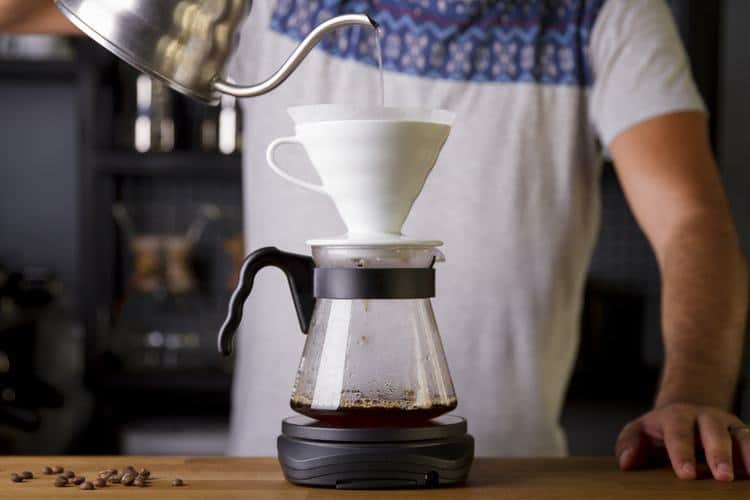
What is the method of making coffee by hand?
With regard to the flavor setting of hand-brewed coffee, there are basically three main keys:
The first is raw beans, including breeding capacity, microclimatic conditions of the planting area (rainfall, altitude, slope, soil quality, drainage, sun conditions, temperature, etc.), manor planting methods (shading, fertilization, pruning, etc.), the quality of post-processing, the accuracy of grading, the variety of coffee itself and the preservation conditions during transportation and storage.
Then there is baked beans, including the characteristics of the baking machine, the skills and ideas of the baker.
The last part is the setting of cooking parameters. What is the method of making coffee by hand? Is the setting of cooking parameters! In addition to the "hard core" parameters such as water temperature, grinding, powder-to-water ratio, the biggest variable is you, how much water you plan to inject, how much you want to circle, and when to cut off the water. To put it simply, it is the "cooking system" that has been mentioned before. The reason why it is called "system" is that even if only one of the parameters is changed, the other parameters will affect the whole body.
This part is also the main research area of the friends who are currently playing hand flushing, from the selection of bean grinder, hand filter cup, filter paper, coffee bean roasting setting, coffee powder grinding condition setting and water supply mode adjustment, to the final cup outlet mode.
Before you learn hand flushing, you must understand a point of view: brewing techniques can only fine-tune the direction of the flavor, not create the flavor itself. The flavor of a cup of hand-brewed coffee is decided when baking beans. By the same token, it can be proved that how much can be done when baking beans, the quality of raw beans has been determined. Basically, the above contents will be available in coffee books or articles found on the Internet, and everyone should basically memorize them, but it depends on the individual whether they know, whether they can apply it, or whether they believe it or not.
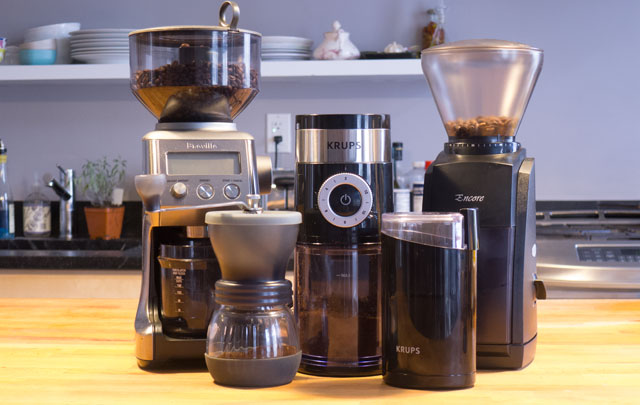
I. thinking of bean grinder
The determining point of the proportion between aroma and taste is the characteristics of the bean roaster. Based on the style that the roaster is good at, the baker will roughly bake what kind of coffee beans are seasoned. The roasted coffee beans are the starting point of flavor setting when cooking. The cooked beans can only be boiled with some flavor. If the ripe beans are not given to you, it is useless for you to scream and slit your throat.
If purely from the point of view of the brewer, the bean grinder will probably be the first key factor. This is the basic common sense that people who play boutique coffee will know, and the bean grinder will have a decisive effect on the flavor of coffee. As we all know, the bean grinder is the most cost-effective investment (the previous topic is in the right direction of investment). The type and performance of the bean grinder is not discussed in this article, but to give the readers of this article a direction to think about. When you set the flavor performance, the bean grinder is a very important key point.
Some bean grinders are suitable for the performance of aroma, some are good at showing taste, and some are balanced. When you set the flavor performance, the most basic factor is to decide which knife head system your bean grinder should use, choose body thick cone knife, aroma unrestrained flat knife or mellow ghost teeth.
When choosing a bean grinder, there are two different directions of thinking, one is based on the characteristics of the bean grinder, trying to find ways to maximize the flavor of coffee. The other is to make a completely different taste from the characteristics of the bean grinder.
The first example will be easier for everyone to understand. Basically, the strong and strong are added together. While the second example may take some time to explain, a better example to understand should be the KONO family's drip-by-drip technique, using a flat knife bean grinder to show the aroma of coffee, and then in the follow-up water injection technique to make an extremely thick feeling, so that the overall cup feel to achieve a balance between taste and aroma.
Generally speaking, the setting of the parameters of brewing is similar, but the influence of variables is basically not as big as that of the bean grinder. From the point of view of the equipment for making coffee by hand, basically the roasting of coffee beans is correct, the bean grinder is right, and the filter paper is right. The final taste will be right in theory.
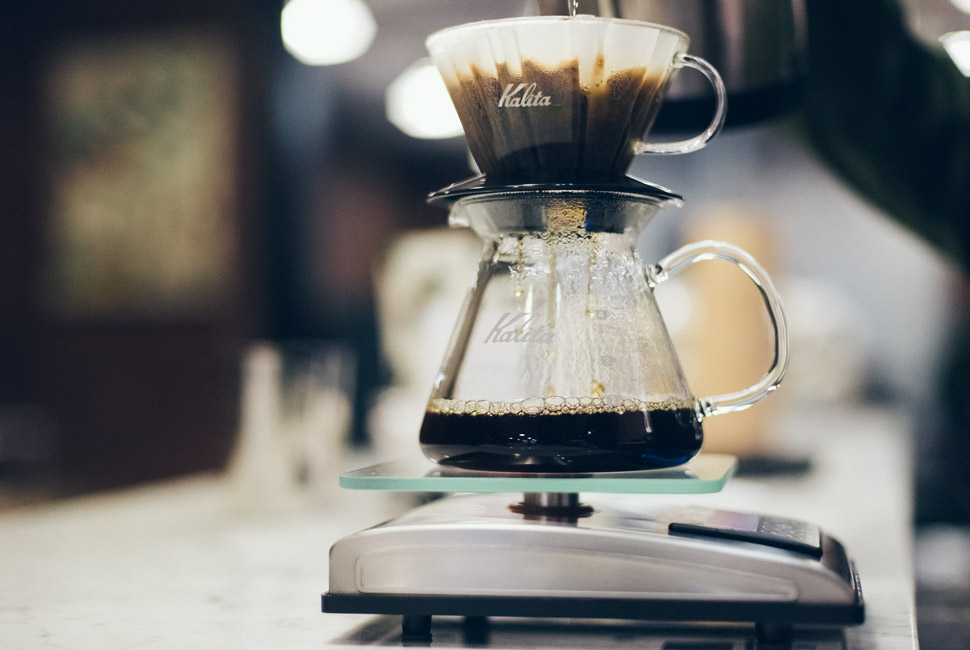
Don't take care of the filter cup, watch your current.
In recent years, hand filter cups emerge one after another, which is dazzling, and their unique physical characteristics are also discussed: in addition to the influence of filter cup material on cooking, there are also the comparison of flow velocity between various filter cups, the difference of powder layer distribution and so on. Those discussions should be respected to a certain extent, after all, they are all the results of careful verification, but the editor suggests that we simply regard the factors affected by the filter cup as a fixed value or constant.
Those comparisons about filter cups mainly let you know what the characteristics of a filter cup are, and what kind of flavor performance you hope to use these characteristics in the cooking process. Conceptually, it will be more like the characteristics of a bean dryer, some machines are good at creating a taste but the aroma is stuffy, and some machines bake beans with four benefits, but they always feel too clean after drinking it. Therefore, back to the cooking process, the role of the filter cup should be the same.
You are less likely to change the filter cup during the cooking process in order to pursue a certain flavor, nor can you set a different filter cup cooking scheme for each bean, so adjusting the way of water injection will be more practical than adjusting the matching of the filter cup.
Using the way of changing the filter cup to adjust the flavor performance, the most difficult part is that your water injection should be stable so that the water injection mode of each cup is close to or exactly the same, after completely eliminating the unstable factors of water injection, that is the real use of the filter cup to adjust the flavor, because at this time, the only decisive factor affecting the flavor is the difference of the filter cup.
But if you have the ability to make your flow as stable as a machine, it is not too difficult for you to adjust the way you inject water during the brewing process. so why do you change the filter cup frequently in order to show a different flavor?
Moreover, in order to achieve a particular flavor performance, once you change the filter cup, then adjust the powder quantity, scale or fine powder, and even the baking method. Therefore, the editor does not think that it is a good thing to try different filter cups before the water injection capacity is stable.
If the equipment really plays such an important role in the extraction process of hand-brewed coffee, then in the competition, as long as you choose the same equipment as the world champion, you will basically be invincible, right? But the truth is certainly not that simple. What really affects the flavor of a cup of coffee is not the equipment you choose, but your proficiency in these devices, that is, your ability to control the flow of water.
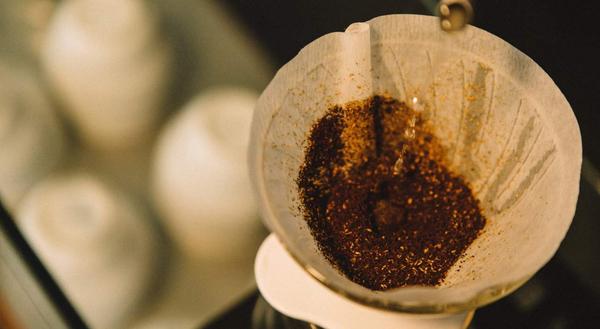
III. Cut-off flow
The starting point of hand brewing is when the coffee powder encounters hot water, but there are two ends, the first is when the brewing amount of coffee reaches the target, and the second is when the threshold of coffee powder extraction is reached. All we can do when brewing is to get the maximum value of coffee powder within the threshold at which the coffee powder can be extracted before reaching the target.
We know that at present, the main hand flushing can be roughly divided into steaming and several injections after steaming, and the flavor of the whole cup of coffee is the sum of the coffee liquid obtained by these injections. Therefore, we can use the time point of water cut-off to confirm the flavor development breakpoint of coffee extraction, and then further estimate the outline of coffee flavor development between repeated water cuts, so as to find a further direction to adjust the brewing technique.
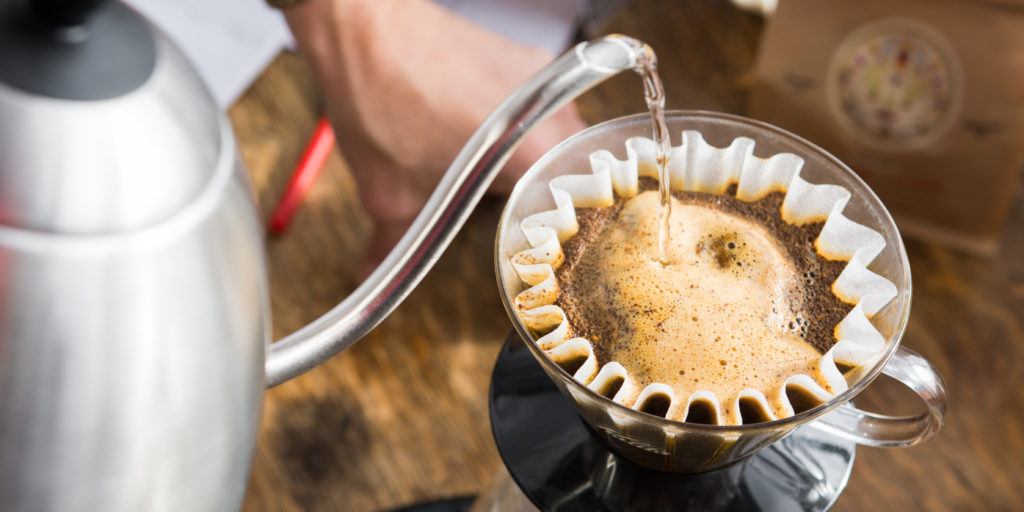
With this technique, we can clearly confirm when a certain flavor in the coffee began to develop, and further know how to modify the way of water supply. Then you can adjust the techniques to amplify, emphasize or weaken the performance of certain flavors.
If you want to make more accurate records, you may also need to add a timer to record the time of each water injection, and there is time as a more accurate basis, coupled with the existing wisdom scale to record water changes. there will be more evidence when adjusting the amount of water injected.
How much water should be injected when steaming? How long will it take to steam? How to catch when the water is cut off? How long will it take to cut off the water? How can the amount of water injected be enough? How long will it take to finish the charge? How do I inject the water? No matter what kind of equipment it is, it will eventually return to these issues.
Take Kanazawa's drip method as an example, basically, the flavor is doubly extracted when steaming, and the final feed water is to dilute the flavor that is over-extracted in the previous stage. Ideally, the initial extraction may be three times the concentration, with a normal concentration in the middle and 1/3 or less of the normal concentration at the end. By mixing different concentrations, you finally get a cup of coffee that achieves the default goal in aroma and taste.
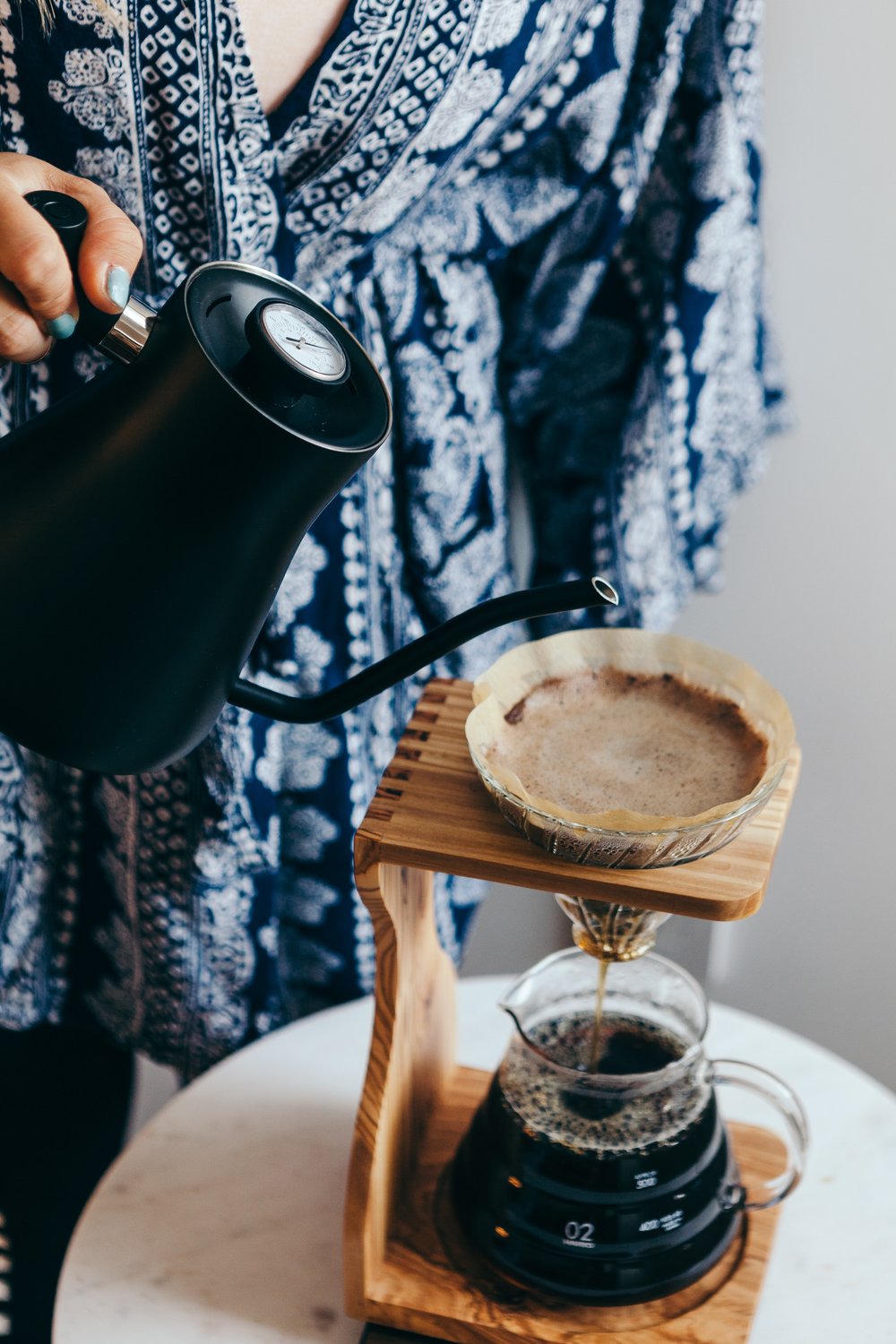
In fact, old players should know that the flavor released by different extraction stages of coffee after meeting hot water is completely different. The taste of steaming, the taste of the first injection, the taste of the second injection, even if you use the water column and circle model, try to keep the same, but the coffee flavor from the hot water will never be the same.
What hand coffee is playing with, the editor thinks that what you are playing with is to accumulate evidence for the development of coffee flavor from repeated brewing experience, and then judge from these experiences when to cut off the current, when to continue the current, and in which case to let the bullet fly for a while.
To put it simply, the editor believes that the flavor setting and adjustment ability of hand-brewed coffee is based on your understanding of the flavor development of coffee powder at different times after meeting hot water, and whether you, as a brewer, can fully grasp it. Adjust the way of water injection in response to those signs. When you can judge the state of coffee powder, no matter what kind of equipment you use, it is the same for you. If you learn this, the equipment will all go the same way.
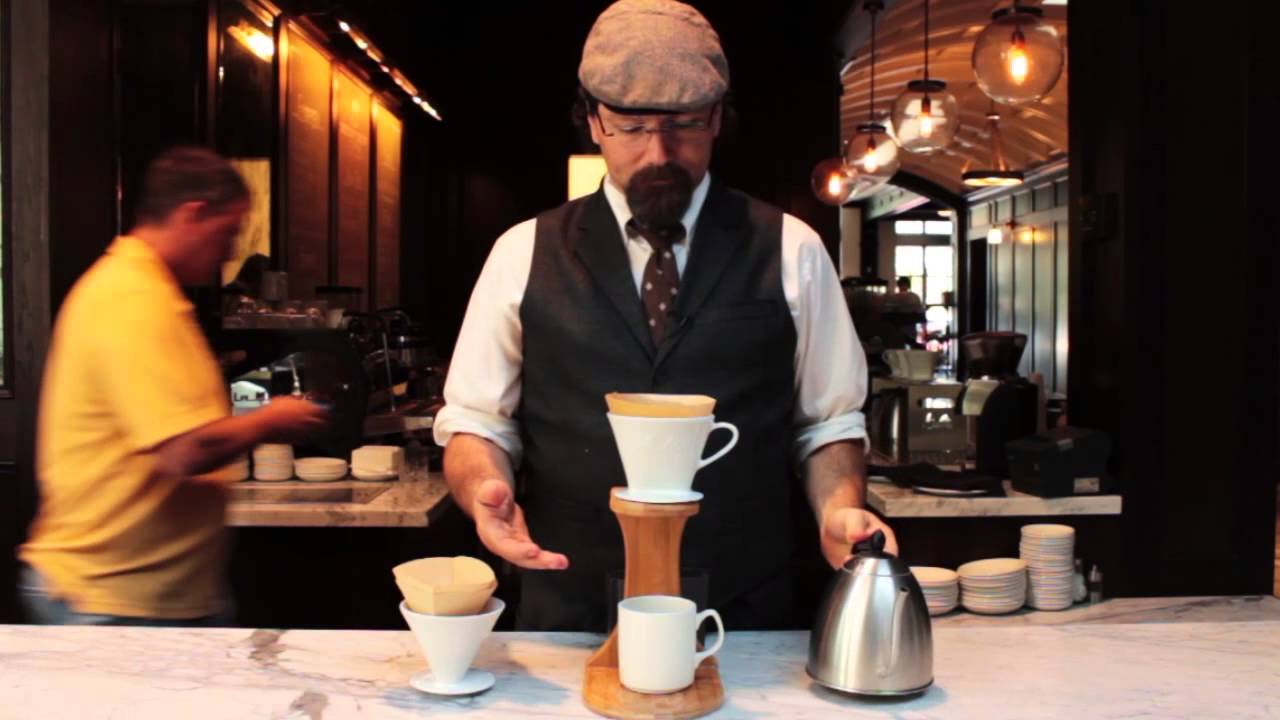
The basic skills are solid first, and before each brewing, you can at least guess what this cup of coffee will look like after brewing, and when you start to try to strengthen the floral aroma of a cup of coffee or try to remove a little too exciting acidity, these goals will be your flavor setting.
The cooking experience you have accumulated over a long period of time will naturally tell you how to proceed in order to achieve the goals you have set. Slowly, as you become more stable in the use of equipment and more experienced in brewing, the chances of achieving brewing flavor setting will become higher and higher, and at the same time, your ability to taste coffee will also improve. the goal of flavor setting will also be adjusted.
You will find that you are already on the road to becoming a master of hand rush.
END
Important Notice :
前街咖啡 FrontStreet Coffee has moved to new addredd:
FrontStreet Coffee Address: 315,Donghua East Road,GuangZhou
Tel:020 38364473
- Prev
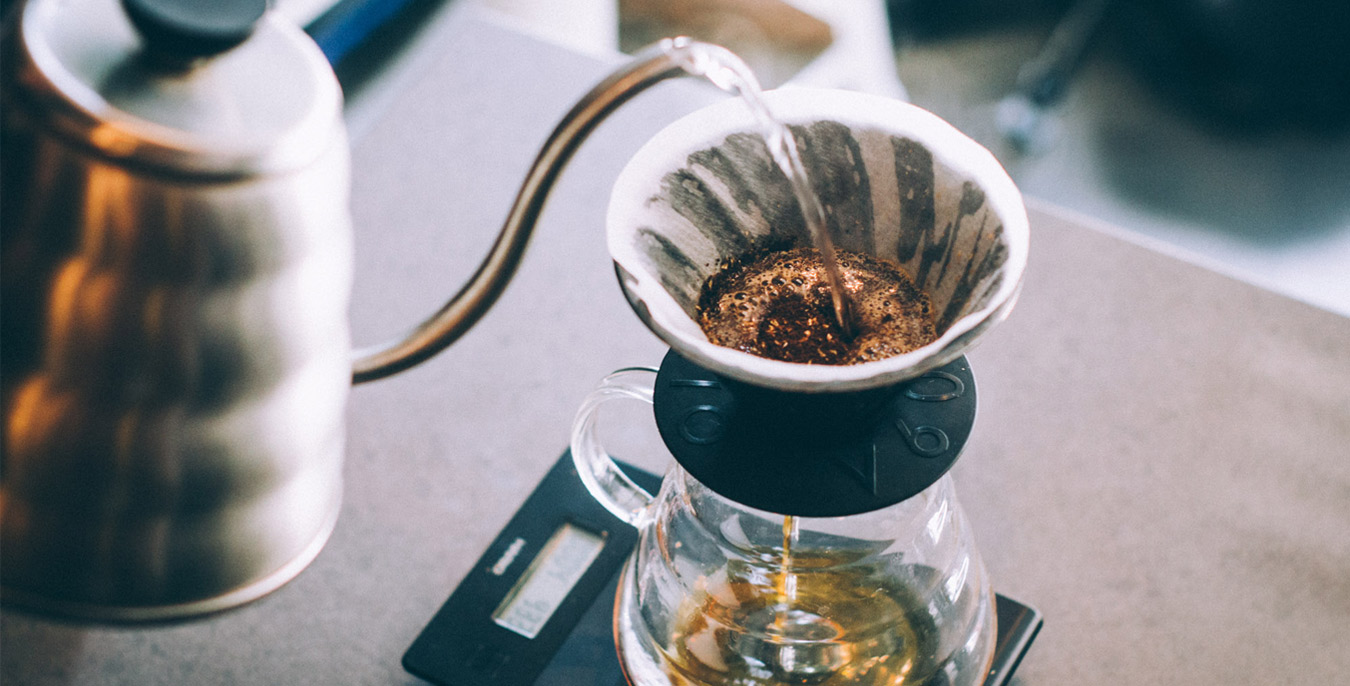
How to learn how to make coffee from scratch _ beginner's guide to making coffee by hand
Professional coffee knowledge exchange more coffee bean information please follow the coffee workshop (Wechat official account cafe_style) this article is written for friends who have just come into contact with coffee, or have been in contact with opponents for some time, as for advanced players who have trained their hands similar to machines, or professionals who are very mature in technology, this article is a reference for this article.
- Next
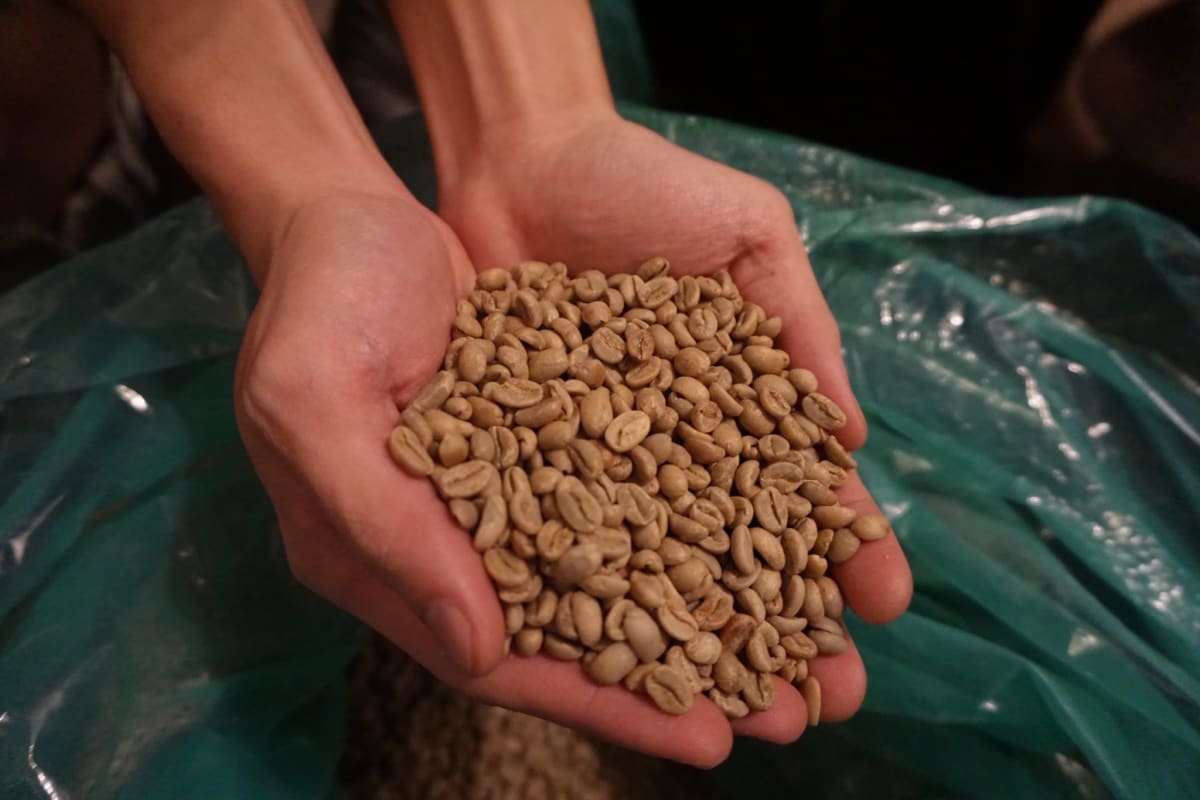
What is Fair Trade and Direct Trade? What is the difference between fair trade and direct trade?
Professional coffee knowledge exchange More coffee bean information Please pay attention to coffee workshop (Weixin Official Accounts cafe_style) Whether you are a professional or a simple coffee lover, almost all coffee circles will appear these terms. But what is the real difference between these two trade patterns? What does coffee mean to us? This article provides all about fair trade and direct trade
Related
- Beginners will see the "Coffee pull flower" guide!
- What is the difference between ice blog purified milk and ordinary milk coffee?
- Why is the Philippines the largest producer of crops in Liberia?
- For coffee extraction, should the fine powder be retained?
- How does extracted espresso fill pressed powder? How much strength does it take to press the powder?
- How to make jasmine cold extract coffee? Is the jasmine + latte good?
- Will this little toy really make the coffee taste better? How does Lily Drip affect coffee extraction?
- Will the action of slapping the filter cup also affect coffee extraction?
- What's the difference between powder-to-water ratio and powder-to-liquid ratio?
- What is the Ethiopian local species? What does it have to do with Heirloom native species?

